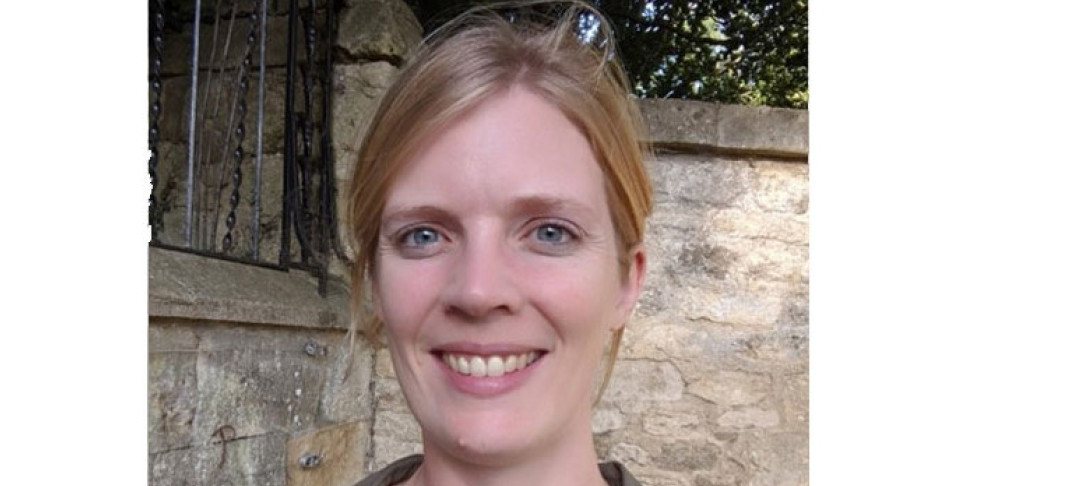
Abstract: Biodegradable polymers are promising materials for a broad range of applications, ranging from biomedical applications (bioresorbable implants, tissue engineering scaffolds, drug delivery devices) to sustainable packaging and agriculture. One important degradation mechanism is hydrolysis, i.e. the gradual scission of polymer chains by reaction with water. Hydrolysis causes a decrease in mechanical properties, as well as the release of short chains. Precise understanding of the degradation response of biodegradable polymers under mechanical loads is critical for the successful implementation of these materials.
In this talk I will present our recently proposed constitutive theory for coupled hydrolytic degradation and deformation in hydrogels. Our theory rests on two major hypotheses: 1) diffusion of water and short chains is very fast at the degradation timescale, and 2) the concentration of short chains is negligible. Accordingly, the state of degradation can be described by a single, damage-like variable representing the extent of reaction. Specific constitutive equations relating the elastic modulus and mass loss fraction to the extent of reaction are developed using tree-like theory for two model hydrogel systems, namely near-ideal Tetra-PEG hydrogels and PLA-b-PEG-b-PLA hydrogels. The model is written in a thermodynamically consistent framework coupling large deformations, mixing of polymer and water, and degradation. The model very well reproduces experimental data for degradation-induced swelling with only one fitting parameter corresponding to the rate of reaction. We have also implemented our model in Abaqus using user-defined subroutines and illustrate its capability of simulating heterogeneous degradation-induced swelling in scenarios relevant to biomedical applications.
Short bio: Laurence Brassart is an Associate Professor in the Department of Engineering Science at the University of Oxford, and UKRI Future Leaders Fellow. She received her Diploma in Mechanical Engineering from the University of Louvain (Belgium) in 2007, and her PhD in Engineering Sciences from the same university in 2011. She then successively held postdoctoral positions at Harvard University (as Fellow of the Belgian American Educational Foundation BAEF) and the University of Louvain (as Fellow of the Belgian National Research Foundation FNRS). From 2015 to 2019, she was a Senior Lecturer in the Department of Materials Science and Engineering at Monash University (Melbourne), before joining Oxford University in August 2019.
Her research interests lie in the development of physics-based constitutive models and micromechanical approaches that are useful to elucidate structure-property relationships in engineering materials. Her current research focuses on Soft & Active materials in a broad sense, including Hydrogels, Polymers, Composites, with emphasis on multiphysics and multiscale aspects.


